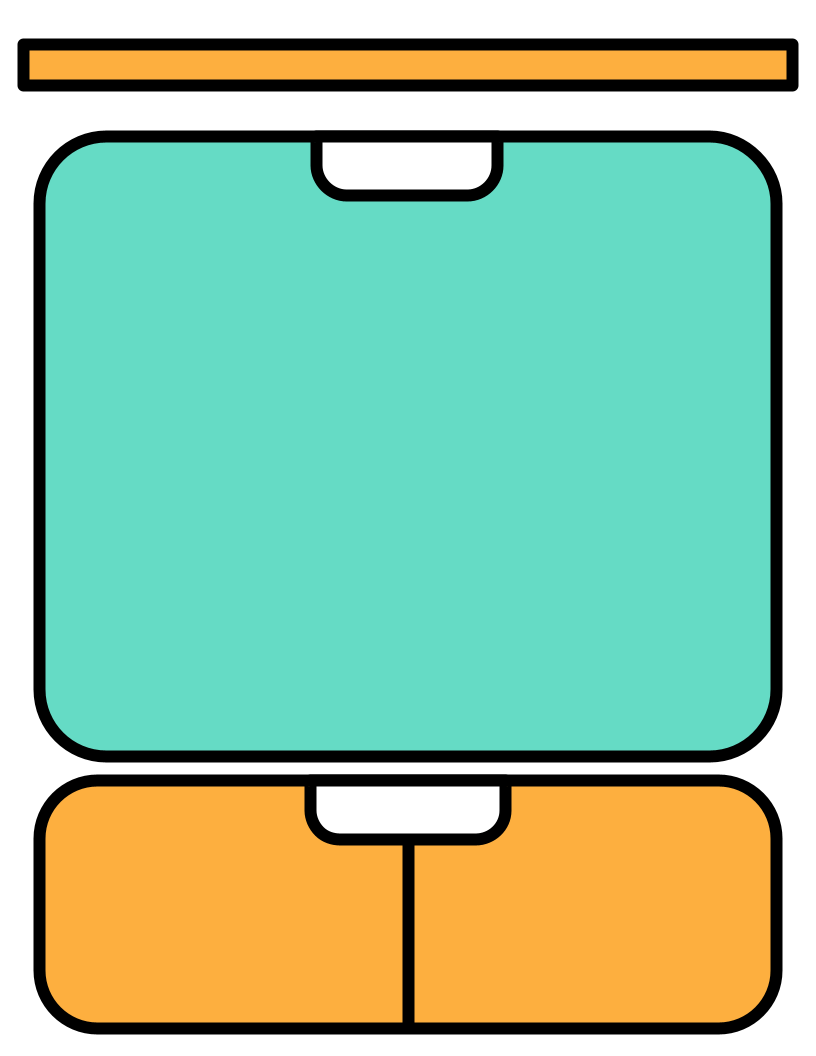
Remember the last time you asked students to discuss a topic in a group? Some students dove right in, others held back. Some discussed vaguely related concepts, others devolved promptly into unrelated social engagement. Was it a productive discussion?
One of the most substantial lessons educators learn (and graciously share with the rest of us!) is that class and group discussions can be productive. Becoming so is not always easy though. Consider here the essential ingredients of productive discussion and how the Chat Maps strategy can help connect those dots.
What is a productive discussion?
While there are different reasons people might discuss an idea together, certain ingredients may be consistent. Here’s one possible list:
- Amicable and attentive interaction–participants are invested in the discussion, its purpose and participants, and its outcome
- Organized and structured engagement–participants abide by various explicit and implicit social rules like staying on topic, speaking in turn, and responding to others’ ideas
- Balanced participation–participants are aware of others’ degree of participation and seek out interactions from others
No doubt you might have several other items to add to this list. Even so, if the assumption is that such concepts as these and others help define a desirable discussion, what activities can help students grow these skills?
How can Chat Maps help cultivate a productive discussion?
Chat Maps is a simple discussion structure (see the complete strategy resource here) that can support more productive discussion through accountability and objective evaluation. The use of this structure can vary, from small group to whole-class discussion. Additionally, the onus of the activity can just as easily be on students as on the teacher.
To implement the strategy for small group discussions, provide students with the Chat Maps graphic organizer. Instruct groups to select one member to be the “mapper” who will not participate during the discussion. Have that student observe and note the discussion via the graphic organizer, indicating both who is speaking and notes about what is shared.
After the discussion, have the mapper share an objective reflection with the group about the success of the discussion. Finally, ask the group to reflect on how the discussion can be improved for the next instance.
That is only one of many possible uses. In all, an activity like Chat Maps is a simple structure to help achieve a more productive discussion because it objectifies the quality of the discussion and helps support and evaluate some of the necessary objectives of successful conversation.


